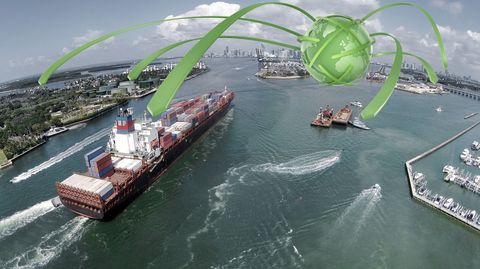Australia has ushered in a new wave of international tariff reductions through its free trade agreements with China and South Korea.
As of January 1st 2016, new tariff cuts have taken effect under the provisions of the China-Australia Free Trade Agreement (ChAFTA) and Korea-Australia Free Trade Agreement (KAFTA), with companies across a range of sectors set to benefit.
Tariffs on Australian exports to China have been cut twice in less than a fortnight following initial reductions prompted by the implementation of ChAFTA on December 20th 2015, while the latest reductions on export tariffs to South Korea mark the third round of cuts under KAFTA, which came into force on December 12th 2014.
It is expected that this will benefit many of Australia's key export-driven industries, including wine, lamb, horticulture, seafood, processed food, vitamin and health product companies, while the remaining tariffs on Australian resources and energy exports will also be further reduced.
Numerous benefits have already been realised since the introduction of these FTAs, with Sydney-based RBK Nutraceuticals having increased its exports into Korea by 161 per cent since KAFTA was introduced. Tasmanian cherry growers exported 185 tonnes of cherries into Korea last summer, compared with just five tonnes the previous year, while beef exports increased more than 30 per cent after the 2015 tariff reduction.
Between these agreements and a similar FTA with Japan, Australian businesses have been able to gain much more equitable and profitable access to a broad market of Asian consumers consisting of more than 1.5 billion people.
Mr Colbeck said: "There's growing demand across Asia for Australia's world-class goods and services; the opportunities are there for the taking and, if seized upon, will help create jobs, build our economy and lead to greater prosperity for everyone."






